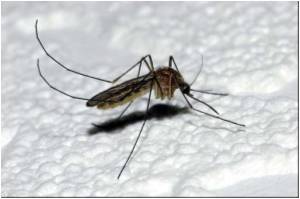The first detailed global map showing the distribution of the sickle cell gene, supporting the 'malaria hypothesis' has been produced by the University of Oxford scientists.

More than sixty years ago, researchers observed that the sickle cell gene tended to be more common in populations living in, or originating from, areas of high malaria prevalence.
This led to the 'malaria hypothesis', which suggested that, although deadly when inherited from both parents, the gene provided a degree of protection from malaria in children inheriting it from just one parent. This protective advantage was strong enough in areas of intense malaria transmission for the gene to survive.
The malaria hypothesis has since been supported by both population and laboratory studies, but the original observations of a geographical overlap between frequency of the gene and malaria prevalence have never been tested beyond simple visual comparisons at the global scale.
To address this, Dr Fred Piel and colleagues collated all the information currently accessible on the occurrence of the sickle cell gene in native populations worldwide and, using modern mapping techniques, created a map of the global frequency of this gene. The map was then compared with the distribution and intensity of malaria before widespread malaria control.
The study showed that the sickle cell gene is most common in sub-Saharan Africa, the Middle East and India, and that the areas of high frequency of this gene are coincident with historically high levels of malaria, thus confirming that the malaria hypothesis is correct at the global scale.
Advertisement
The results were published in the journal Nature Communications.
Advertisement











